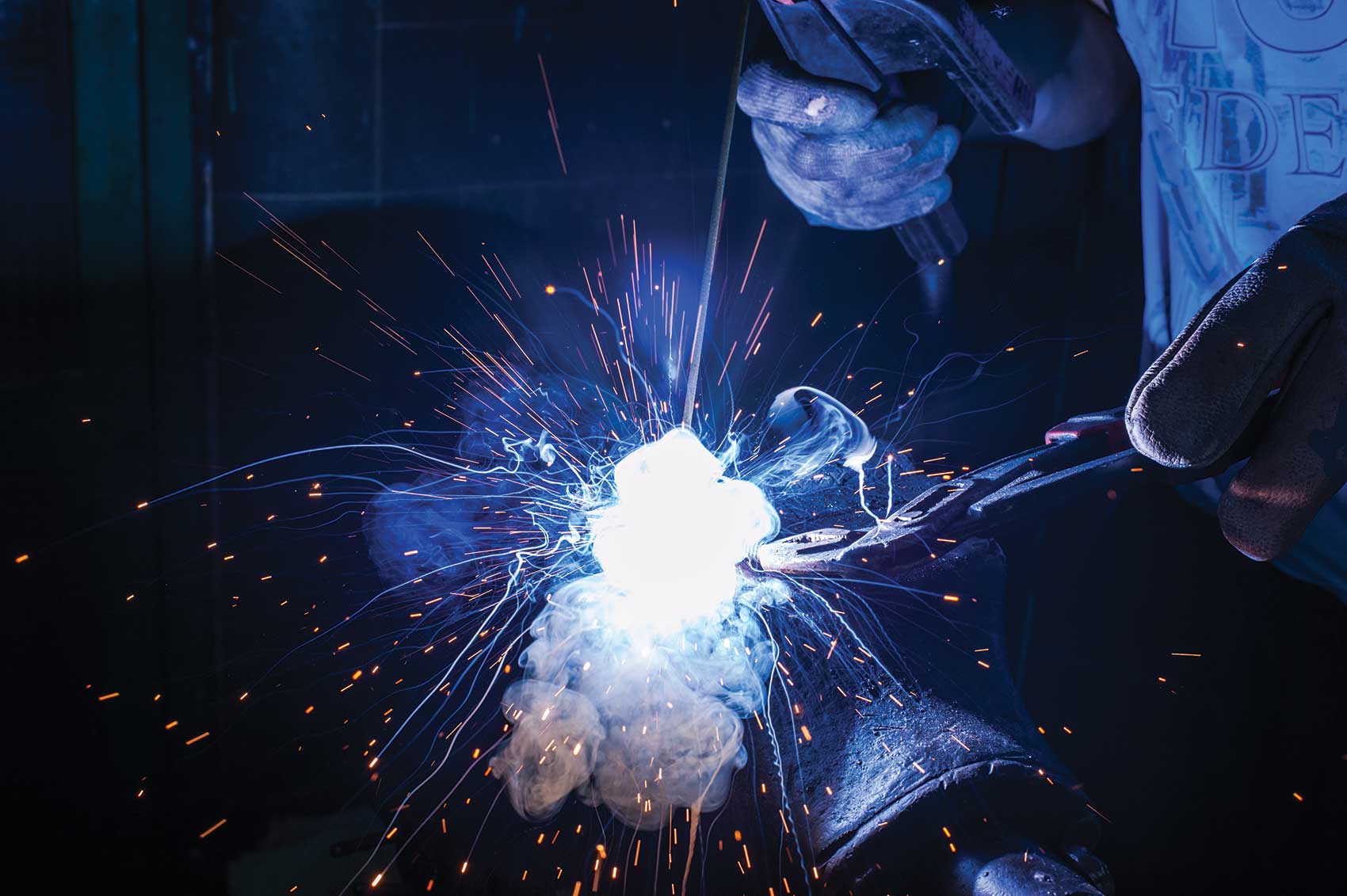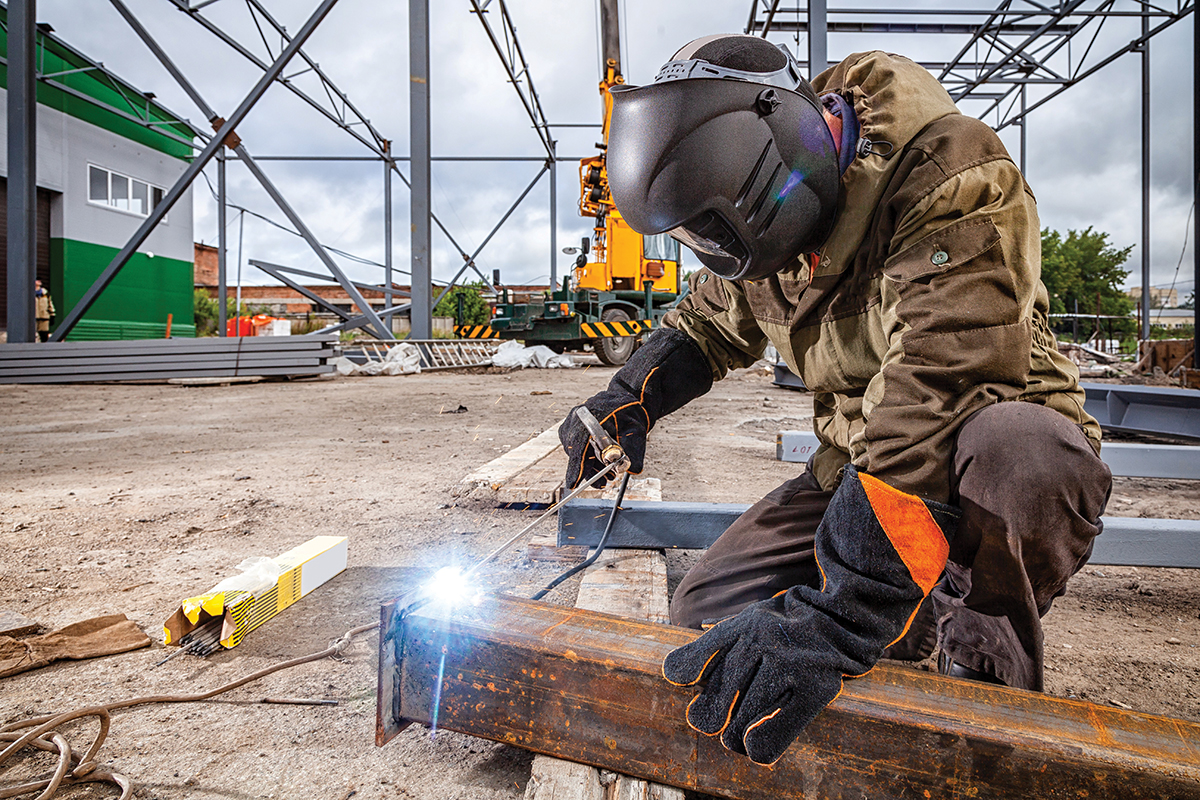When it comes to protecting the safety of people who perform work in locations where electrical power can pose a hazard, real-world data is highly valuable. Laboratory tests and theory have significant roles to play, and published test data can result in a better understanding of known or expected hazards.
The value of such an approach can be illustrated by looking at the process by which the National Electrical Safety Code® (NESC®) considered revisions to its Part 4 Work Rules for the 2022 edition.
Let’s use a specific case-in-point. Based on real-world test data and investigation results from on-the-job safety-related incidents, we have found low-voltage arc flash energy can be underestimated.“Low voltage” in the NESC is defined as 50 volts (V) to 600V (ac). Specifically, one area of concern is 480V equipment, because 480V, three-phase related arc flash incidents can have severe consequences.
Higher voltages typically result in more severe consequences; however, because a worker’s sense of danger increases with the voltage, low-voltage hazards often attract less attention.
That is, until now. New test data became available, and with it, the drive to update NESC Part 4 Work Rules. Work Rules are managed by Subcommittee 8, whose scope of work covers “work rules to be followed in the installation, operation, and maintenance of electric supply and communications systems.” Globally, the purpose of Part 4 of the NESC is to “provide practical work rules as one of the means of safeguarding employees and the public from injury.”
An understanding of how statistically significant dangers are defined, analyzed, and addressed, and how NESC revisions are developed and adopted should be of ongoing interest to IAEI Magazine readers who may want to use this guidance in their own safety programs or to address employee and public safety.
As readers probably know, the NESC is revised and published on a five-year cycle. Two revision cycles ago, the NESC published special guidance for low-voltage arc flash, with tables that addressed the various equipment and estimated arc exposure values that workers could expect to encounter, based in part on industry testing.
Arc flashes can be created when electrical circuits are shorted, that is, when contact occurs between energized lines and other energized (or grounded) lines and parts, or, when an uninsulated tool or object bridges the air gap separating energized lines or parts. In those situations, an arc and a corresponding flash will often occur, and incident energy will be released.
At the start of the current code cycle, Subcommittee 8 created a Low-Voltage Arc Flash Work Group, chaired by Brent McKinney, a co-author of this article. The group included industry experts from within Subcommittee 8, and technical experts from outside the Subcommittee who were well-versed in low-voltage arc flash hazards, data analysis, and testing.
The NESC requires that employers perform an Arc Hazard Analysis where work is to be performed on or near energized lines or parts if an initial assessment indicates a potential energy release greater than 2 cal/cm2 exists. In the 2012 NESC, rules specifically addressing low-voltage arc flash were added, including the first Low-Voltage Arc Flash Table (Table 410-1). As previously mentioned, this table was based on industry testing and extrapolated, conservative values that described arc flash energy that utility workers could encounter based on the source voltages. Since then, additional testing has been performed with actual controlled experiments for arc flash, and those results have been published. During the current revision cycle (for the 2022 edition), this newly published data and supporting documentation was evaluated by Subcommittee 8, which in turn led to the latest change proposals for Table 410-1.
Arc flash testing is complex (and expensive), and multiple tests on the same equipment can produce different results, in part because the design geometry of a piece of equipment can vary. It can take many tests to determine the parameters of arc flash incidence. Of course, documentation of the findings is critical to their credibility, and our proposed revisions are extensively footnoted in Table 410-1.
Although we have used the example of low-voltage arc flash revisions for this article, similar information related to medium-voltage (ac) equipment also came to the Subcommittee’s attention. It resulted in a change proposal to add new Table 410-4. As previously mentioned, our role is to provide practical work rules as one of the means of safeguarding employees and the public from injury. Thus, employers are required by rule to perform an initial assessment and, when necessary, an Arc Hazard Analysis. Employers are also expected to apply internal best practices based on their experience, location, climatic conditions, and equipment-based circumstances.
We’ve provided a peek at the revision process in one specific instance. All proposed NESC revisions are now available in the NESC Preprint. The public comment period closed on March 1. Subcommittee 8 will meet this fall to consider how those public comments before voting on final versions of the rules, and afterward submit all approved revised rules to the NESC Main Committee, which decides late in 2020 or early in 2021 whether to approve the rule revisions submitted by all of the technical subcommittees.
In closing, Subcommittee 8 would like to thank all of the parties involved in low-voltage arc flash research, especially those who worked on proposed NESC revisions, and the organizations who improve worker safety by running and sponsoring the tests that lead to a better NESC. For current revision status and more, subscribe to NESC updates at standards.ieee.org/











Find Us on Socials